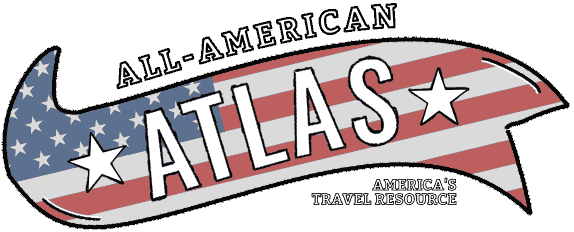If you’ve never flown on a plane before and have only done road trips, thinking about it can be both exciting and nervewracking.
You’re not sure what to expect of the process or the actual experience.
But flying is often the key you need to get to faraway places or go traveling further than outside your own bubble.
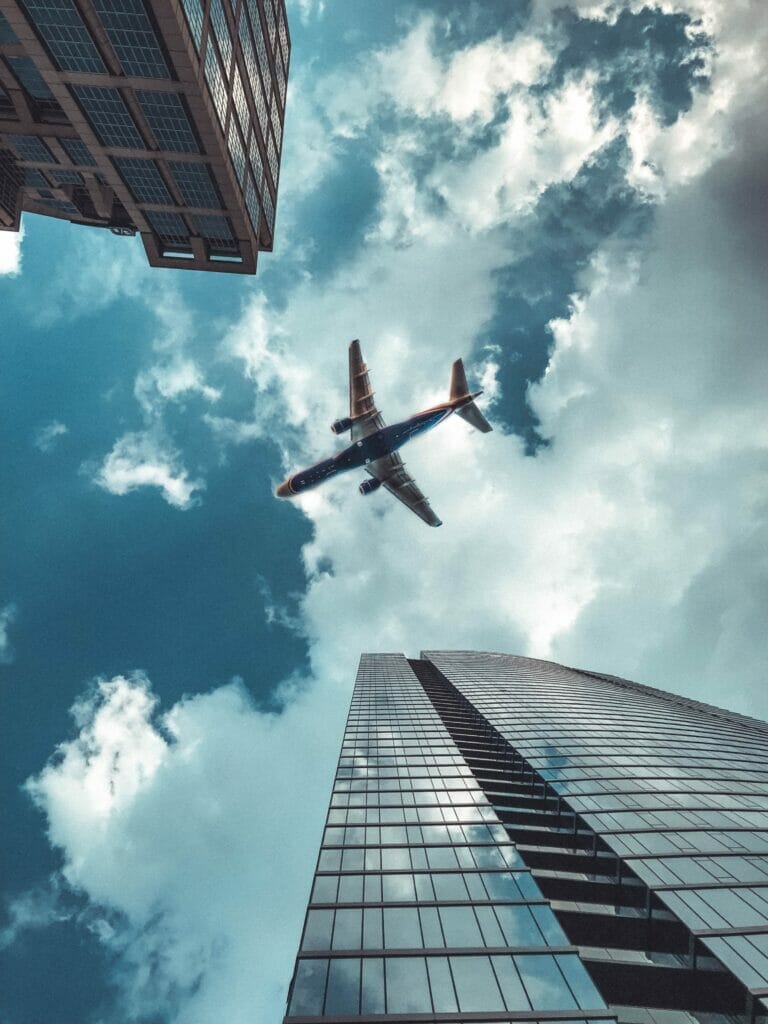
In this list of first time flying tips, we’ll go over what you should do to prepare yourself and what to expect on your first flight.
These differ slightly based on whether it’s a long haul flight or a short hop, but the basics of your first time flying apply to any destination.
First Time Flying Tips Before You Get to the Airport

1. Book a Flight on a Less Crowded Travel Day or Time
If you’re taking your first flight, try to book on a random weekday or at a time that most people wouldn’t be interested in, like an early morning or a late night flight.
This might inconvenience you a bit more when it comes to traveling, but it will probably mean less people on your flight which gives you a bit more space and time to get used to flying without dealing with the chaos of a completely full flight.
2. Pay to Choose Seats if You Think You’ll be Nervous
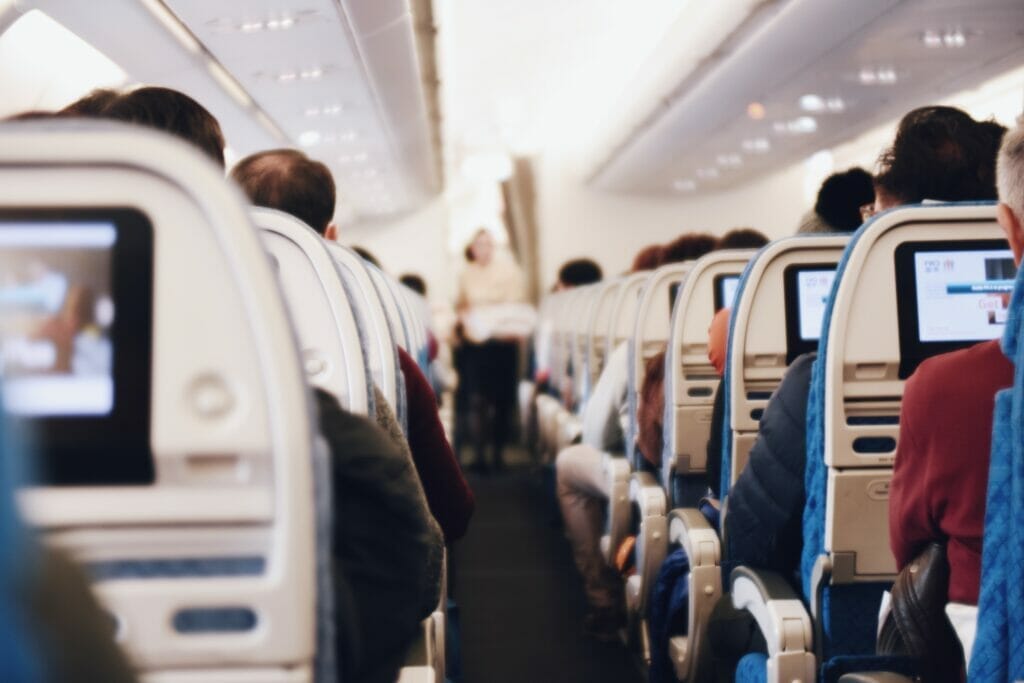
If you feel as though you’ll have anxiety about flying, you don’t want to add to it by not knowing what seats you’ll get.
Paying for your seat choice is often an extra cost in flying nowadays on carriers like Spirit and Frontier, but you should go ahead and pay this if you want things to go as smoothly as possible.
The other thing that can happen if you don’t book seats is that you and the others in your party get split up – it doesn’t happen often, but if it does, you’ll regret it as you’ll want to be with your people!
This is especially important for families traveling with small children; you’ll definitely want to make sure you and your kids get seated together!
Note: As we mention in this Southwest airlines review, you cannot choose your seat ahead of time on Southwest. All you can do is try to get a high boarding number so you have first choice when boarding. This might impact your choice of airline if this makes you anxious.
3. Make Sure to Read All Rules About Baggage
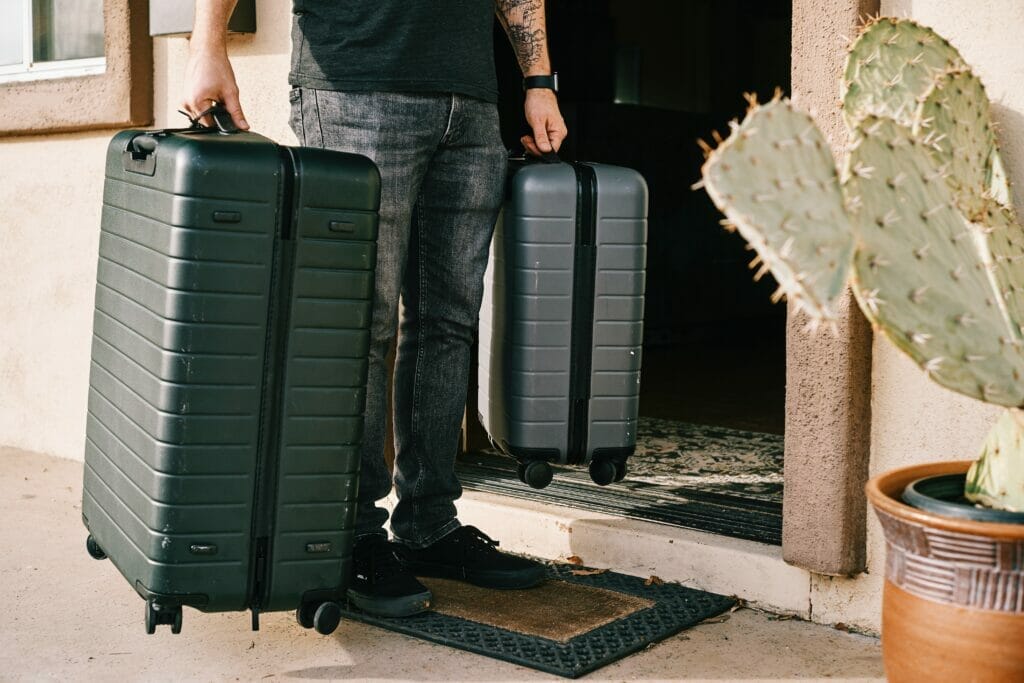
Luggage requirements are always changing among airlines, and they’re not always consistent between connecting flights – especially if you’re taking a domestic flight and connecting to an international flight.
Be sure you have read and printed out all of the information about your baggage allowance before packing or getting to the airport.
You should always plan on the safe side, so consider buying a scale to weigh your luggage at home so you don’t have to ditch anything in the trash in the airport.
And make sure you’re aware of the actual size of the bags you’re allowed to bring!
Often, there is a weight restriction for carry-on bags as well, so be sure to check this.
This tends to be a carry-on that can go on most airlines without an extra charge.
4. Note Check-In Rules to Find Out When and How to Check-In
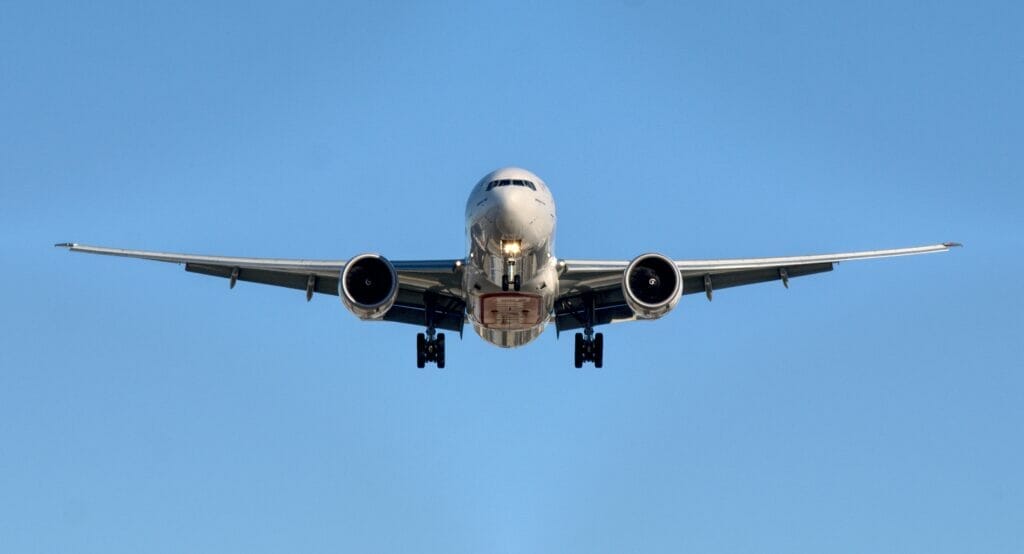
Some airlines require you to check-in online beforehand or you pay an extra fee – this is particularly true for budget airlines like Spirit airlines.
Others offer apps for mobile check-in, or checking in at a kiosk or counter once you get to the airport.
Find out the rules for our airline, and also make sure to see when you can check-in.
Most airlines allow you to check in 24 hours in advance, and we recommend doing it as close to that point as possible.
This way, you’ll have one less thing to worry about when you get to the airport!
5. Leave Yourself an Hour Extra than the Recommended Airport Arrival Time
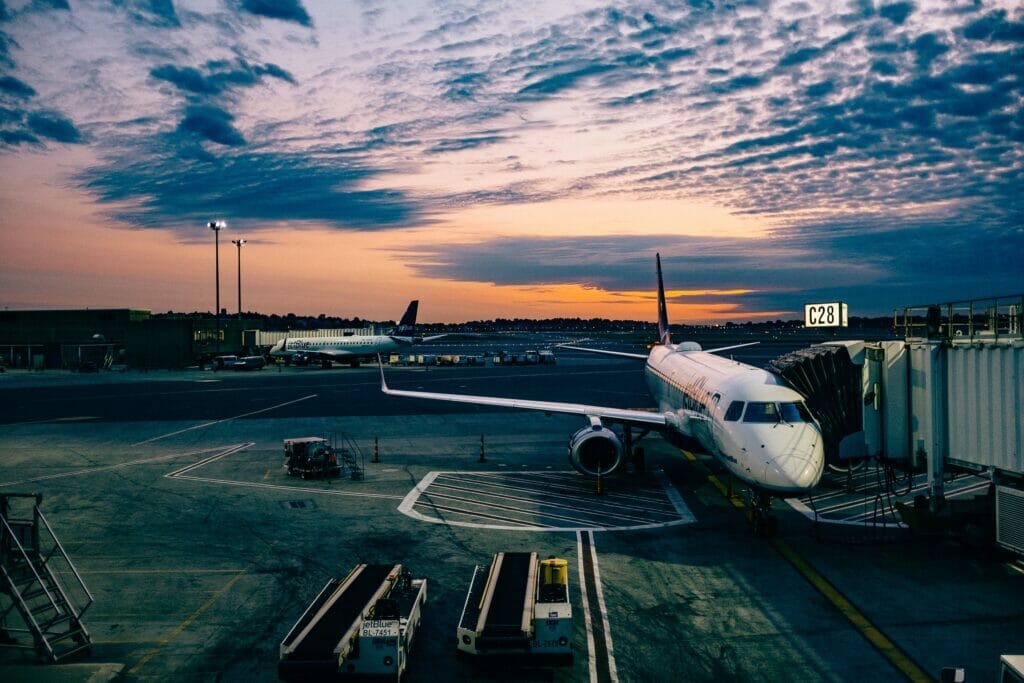
When it comes time to get to the airport, take the amount of time the airline says to arrive at the airport early, and then go ahead and add an hour to that.
So if it’s a domestic flight and they say to be there 2 hours before takeoff, add an extra hour.
If it’s 3 hours for an international flight, make it 4 hours.
If it’s your very first flight, which is probably is if you’re reading these first time flying tips, then you’re going to want to give yourself as much time as possible to get through security and get to your gate in a relaxed way as you start to learn how the process works.
If you get there and locate your gate and realize you’ve got a ton of free time, check out the shopping and dining options at the airport, or plan on bringing a book to read!
What to Expect for your First Time Flying at the Airport
6. Watch What the People in Security Ahead of You Are Doing
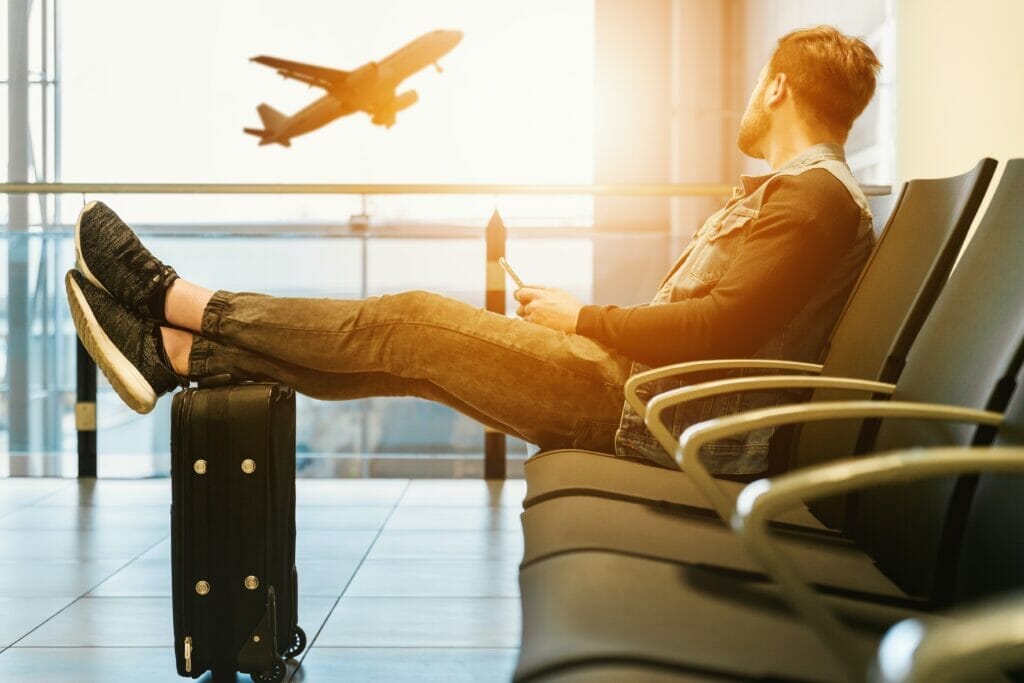
Going through security is one of the most stressful things for many people at the airport, even if they’re a frequent flyer.
The rules seem to change frequently and vary based on each airport and their scanning equipment.
You don’t always have to take your shoes off now, and sometimes they ask you to take your food/laptop/electronics out of your bags, while other times you can keep them in.
As you weave your way through the security line, keep an eye on what’s happening in front of you with security and what the security workers are asking of passengers – if you see everyone taking their shoes off, plan to take yours off, too.
Whatever you can do to be alert and be aware of what’s expected of you will make it much easier.
You can also prepare in advance by already having your electronics in a separate bag in case you do need to take them out of your luggage.
If you’re traveling with medication, be sure to have any necessary notes from your doctor in case security needs proof of your prescription.
7. Keep Your Passport/License and Boarding Pass Handy at All Times
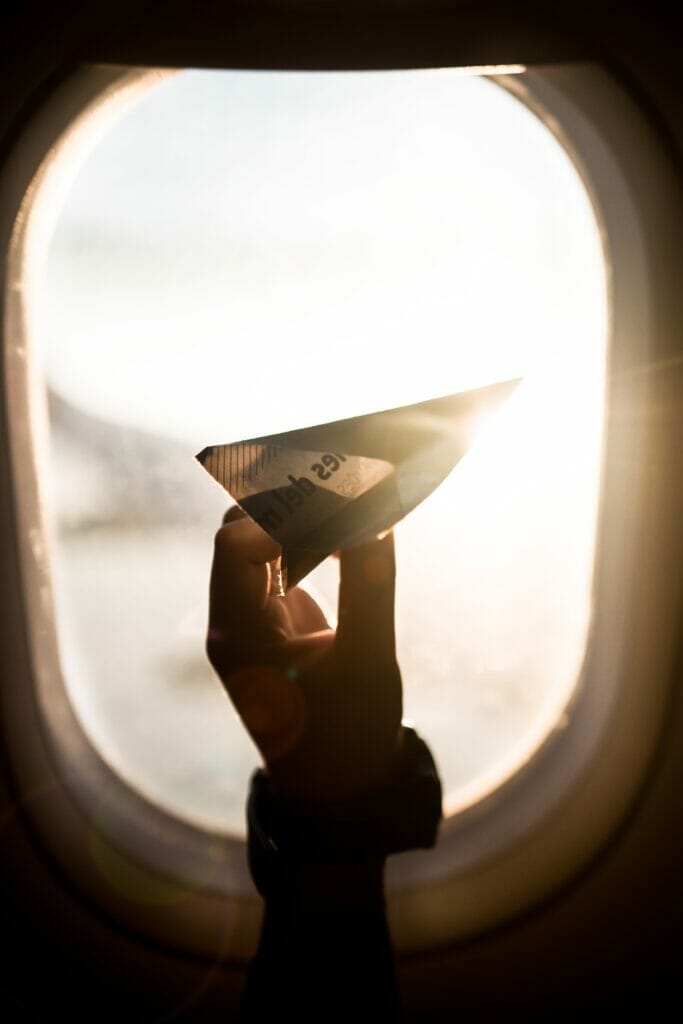
You’ll need your passport or license and boarding pass when you go through security, as well as when you drop off luggage if you have any to be checked in, and again at the gate when boarding.
Make sure that you have a special compartment for these items so you’re not digging through your bags every time you need them.
Getting a passport holder like this is a great idea.
8. Don’t Get Fancy With Your Clothes
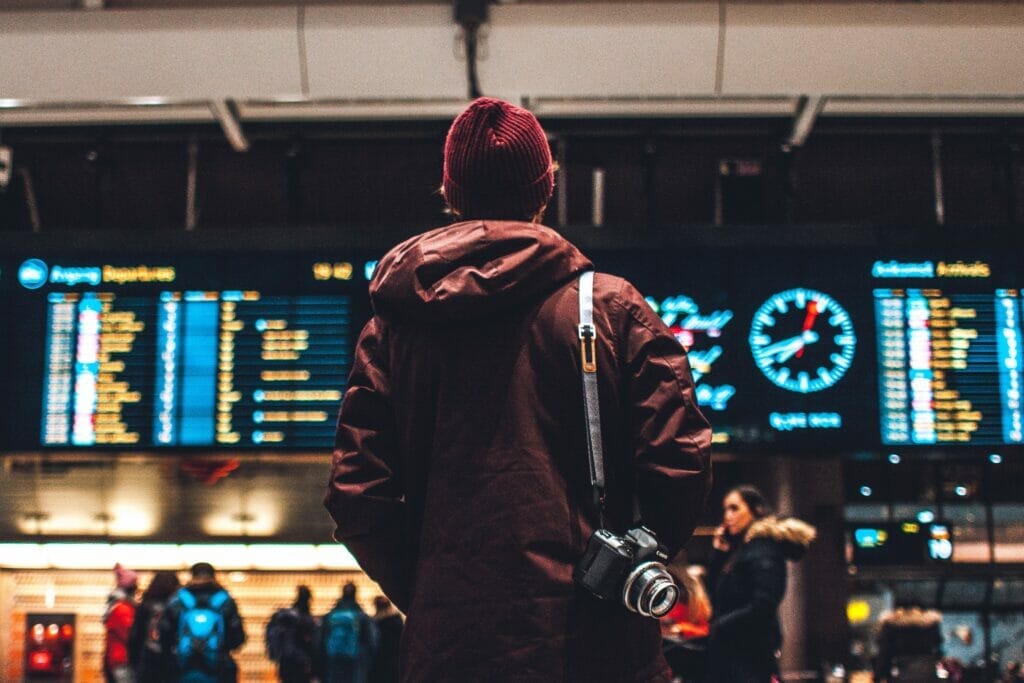
While some people might want to already be dressed for their destination when arriving at an airport, most travelers these days have prioritized comfort over fashion.
You don’t want to have to unbuckle 86 things to get your shoes off for security, or be constrained by really tight jeans while sitting in your tiny seat for hours.
You can feel put together and wear what makes you feel confident about yourself, but try to go for clothes that don’t have too many bells and whistles involved.
Simple is better.
9. Go Directly to Your Gate When You Get to the Airport
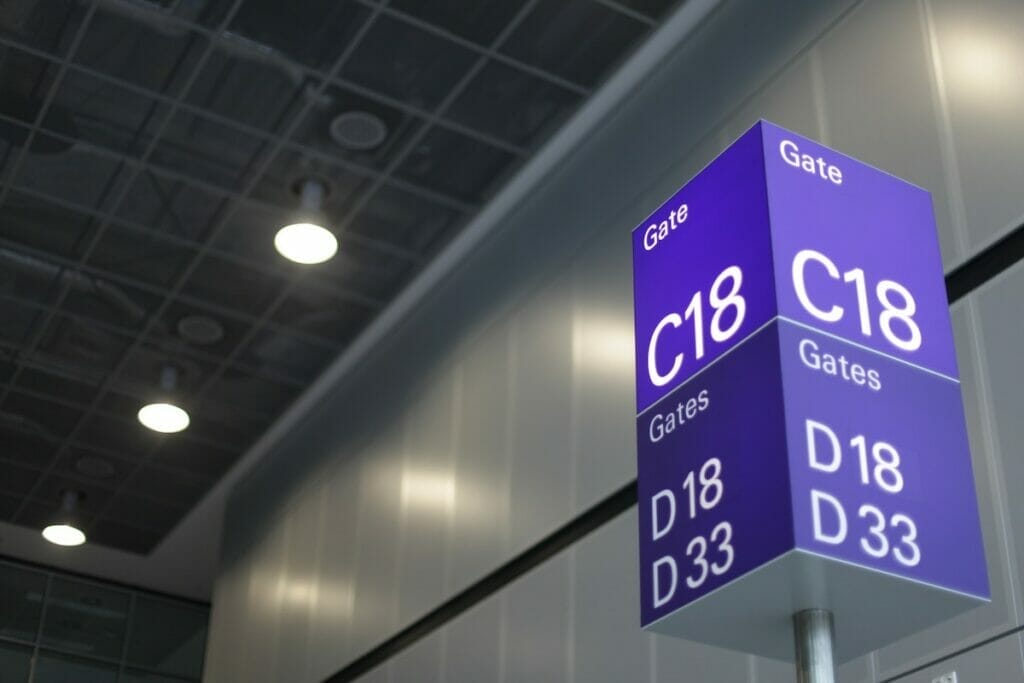
We recommend always going directly to your gate once you get through security, even if you’re really early.
This ensures that you’ll know where you need to be when it comes time to board.
If it’s completely empty and no one is at the desk, you know that you have quite a bit of time to kill before you need to go back and get ready.
Sometimes, they may even still be boarding from another flight that’s using the gate before your flight!
If it’s not too busy, feel free to approach the desk or counter and ask what time you should be prepared to board.
Then, you can set out to explore the rest of the airport for a little while – just be sure not to wander too far or lose track of time!
But if there’s a flurry of activity, you may want to find a spot to sit and see what’s going on before going off to the bathroom or to get food.
For example, sometimes there may be an issue with limited room for carry-on bags, and the flight attendants might be asking people to volunteer to check their luggage in order to ensure space.
10. Prepare for Airport Food Prices and Pack Your Own
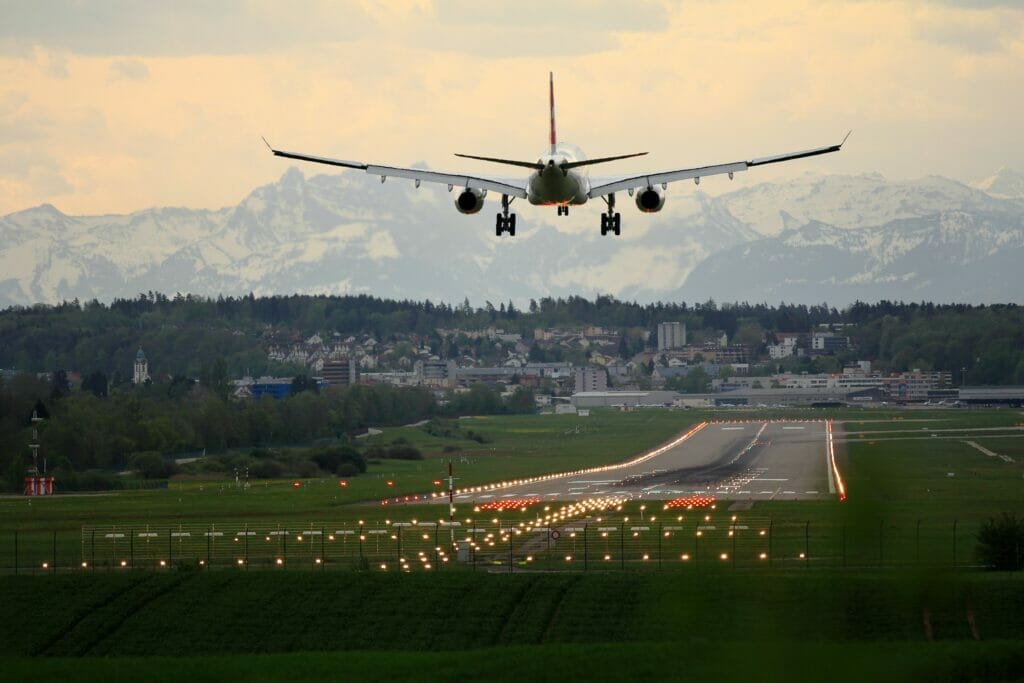
Airport food is incredibly expensive with such a captive audience, and in-flight meals aren’t exactly known for being particularly impressive.
You can pack your own food in a fun bento box like this and take it through security with you.
This is a great idea if you want to have something familiar and affordable to eat while at the airport or on the flight (as opposed to a $10 bottle of water).
11. Go to the Bathroom Right Before Boarding
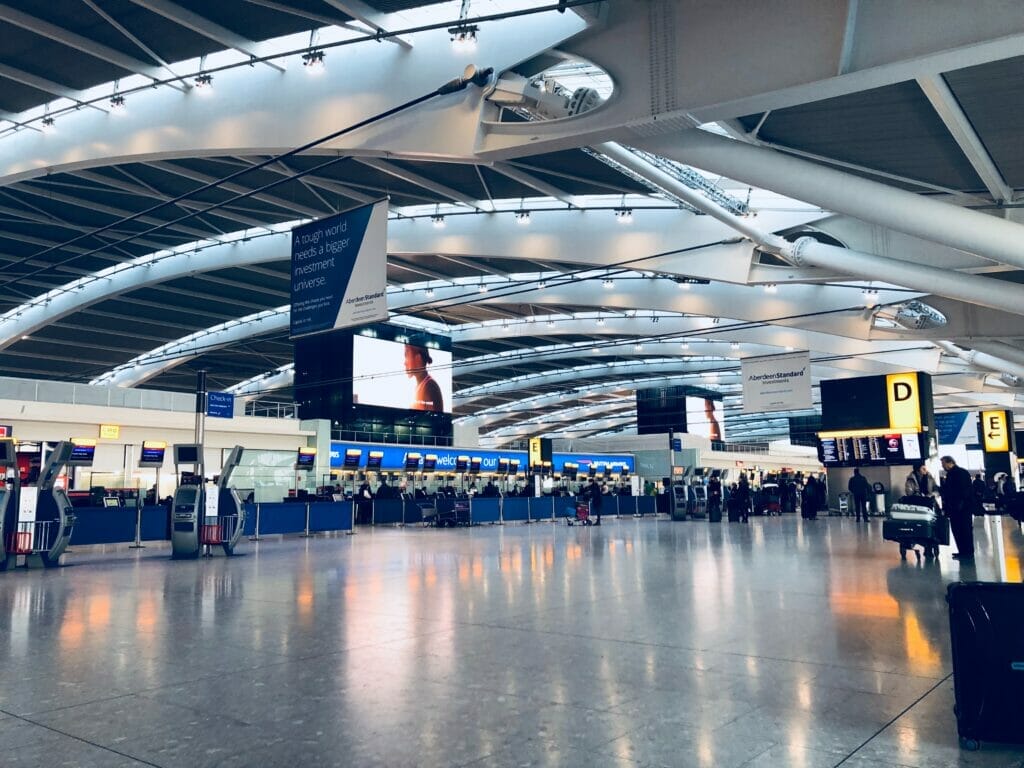
When they start to call boarding groups, unless you are someone who needs to be pre-boarded (like a family with young kids, or someone with a mental or physical condition that means you need to be on the plane first), you’ve got some time before your boarding group will be called.
This is an opportunity to quickly go to the bathroom before your boarding group is called, as there’s nothing worse than needing to go during take-off when you’re not allowed!
First Time Flying Tips for the Flight and Arrival
12. Tell the Flight Attendant You’re Nervous if You Are
If you’re nervous about your first time flying, tell a flight attendant!
This is such second nature for them, and they see new flyers all the time.
If they have a moment, they’re usually happy to chat through any fears with you and reassure you about how long they’ve been flying and how normal it is.
They might also check on you during the flight to see how you’re doing.
13. Wait for Your Boarding Group to Be Called and Go Directly to Your Seat
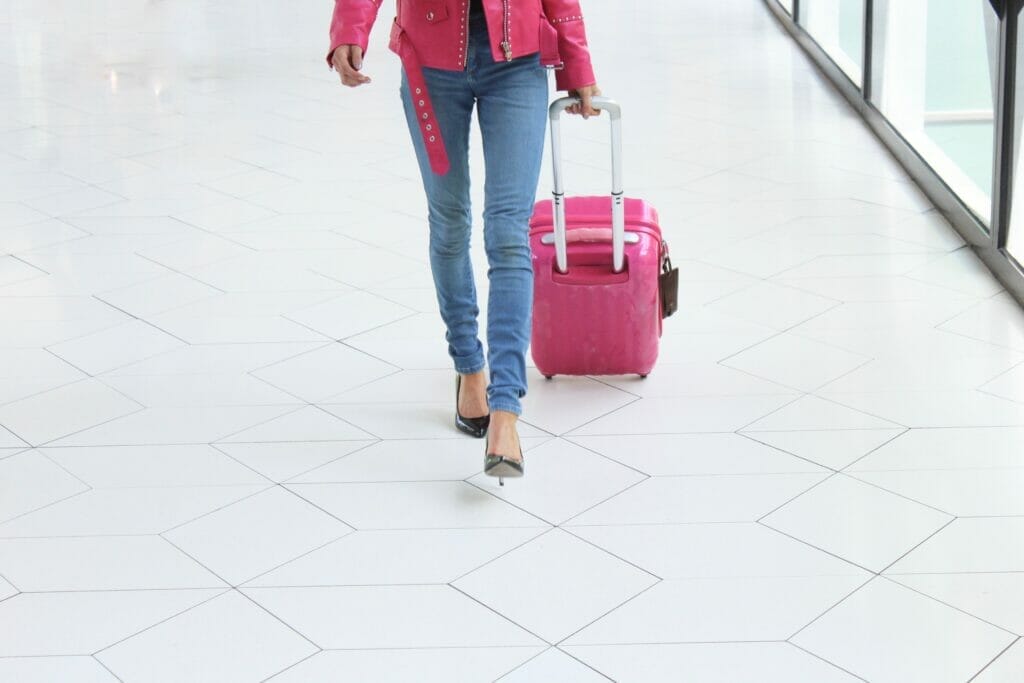
There is a term for people who hang around the gate waiting for their boarding group to be called, and it’s “gate lice”.
You don’t need to be one of them, especially early in the boarding process.
Wait until your boarding group is called, then get in line and proceed onto the plane.
When on the plane, find your seat and stow your luggage in the overhead bin if you have any that can’t go under the seat in front of you, and sit down.
The quicker people sit down, the less there will be a chance of delays with the take-off.
14. Try to Use the Overhead Bin Above Your Own Seat
If you have luggage that needs to go in the overhead bin above your head, do so as close to your seat as possible, if not directly above it.
You don’t want to be putting your luggage to any old bin you can find, as that’s not the proper plane etiquette.
If you have problems finding space for your luggage, don’t panic!
Ask a flight attendant where there might be room, as they are usually monitoring these things to help you out.
Sometimes, they might need you to store your carry-ons further away from your seat – just remember what section of the plane they’re on and don’t forget them when the flight is over!
15. Prepare to Put Your Electronics Away when Requested
At a certain point before take-off, you’ll be instructed to put certain electronics away and switch your phone to airplane mode.
This is for safety, because the signals from your phone can potentially interfere with the plane’s navigation and other important systems.
The plane can not take off if the pilots hear from the flight attendants that people are not following these rules!
We recommend finishing up any texts or emails at the gate, and going into airplane mode while you’re still in line for boarding.
16. Understand the Noises You’ll Hear in Flight
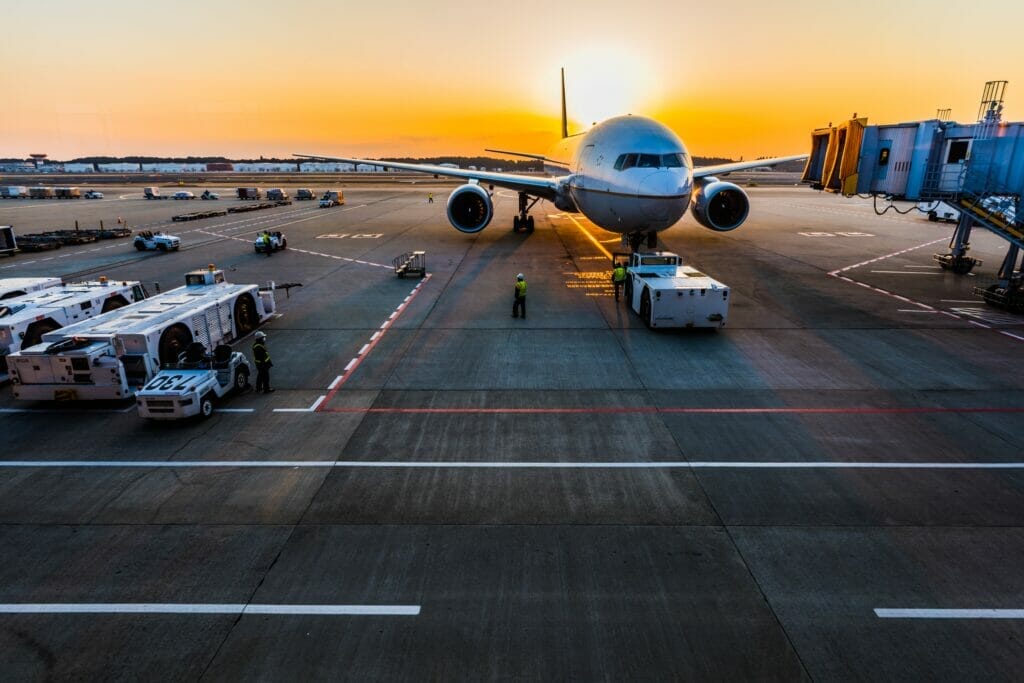
Planes make some funny noises while in flight that are completely normal, but might sound alarming to those of us who are usually on the ground!
This could be anything from the sound of the engines, to the wing flaps and slats, to the wheels going up and down.
If you anticipate being nervous about noises during the flight, make sure to bring ear plugs or some headphones to play your favorite music through.
You can also watch YouTube videos about planes ahead of time that take you through these noises so you know what to expect.
17. Leave Your Phone Charger Out if You’re Using it in Flight
Some flights, especially those used for international travel, have USB outlets in the backs of the seats for charging.
This is essential if you’re going to use your phone during the flight to play music, games, podcasts, or take notes on or take pictures with.
Don’t pack your charger too far into your luggage or in your checked bag, as you’ll want to be able to use it to charge your phone during the flight!
18. Don’t Be Afraid of Turbulence
Turbulence is one of the most natural parts of flying, and can often feel like brief bumps in the road or full out shaking depending on what type of turbulence you’re flying through.
Familiarize yourself with why it happens and what it is so it doesn’t take you by surprise.
Some flights will be incredibly calm, while others may have you shaking the entire 10-hour flight.
Pilots won’t keep you in situations that are unsafe, and they have so many ways of forecasting turbulence and flying around it if possible, so put your trust in the people up front who also really want to get to your destination and don’t be worried by turbulence!
19. Have the Phone Number of Your Ride Written Down for When You Arrive
You’ve done it!
You’ve arrived!
When you’re exiting the plane into the airport, the next steps will be to figure out how you’re getting home or to your hotel or friend’s house.
And if your phone did run out of battery during the flight, you’re going to be thankful you’ve written down either your friends phone number or the instructions on how to take public transportation to get where you needed to go.
Get the All-American Travel Secrets!
Don't miss out on America's hidden gems!
